
WOODBURY, N.Y. — At a synagogue where Bob Dylan once prayed, a Trump-supporting oral surgeon — who said he has operated on multiple New York Knicks — started arguing politics with a Liz Cheney fan he knew from pickleball. Sharp words about Jan. 6 culminated in the brandishing of a Jewish star necklace.
It was a chaotic scene at this January meet-and-greet for GOP congressional hopeful Mazi Melesa Pilip. But it was also a strange sign that political normality is returning to New York’s 3rd Congressional District.
In 2022, the district, which covers a chunk of Long Island’s Nassau County suburbs as well as a small section of the New York City borough of Queens, was swept up in an odd Republican surge that gave rise to one of the oddest political figures in recent memory: George Santos, the 35-year-old Republican fabulist who has been accused of everything from identity theft to using campaign money for Botox — to name just a few of the scandals that eventually led to his expulsion from Congress in December.
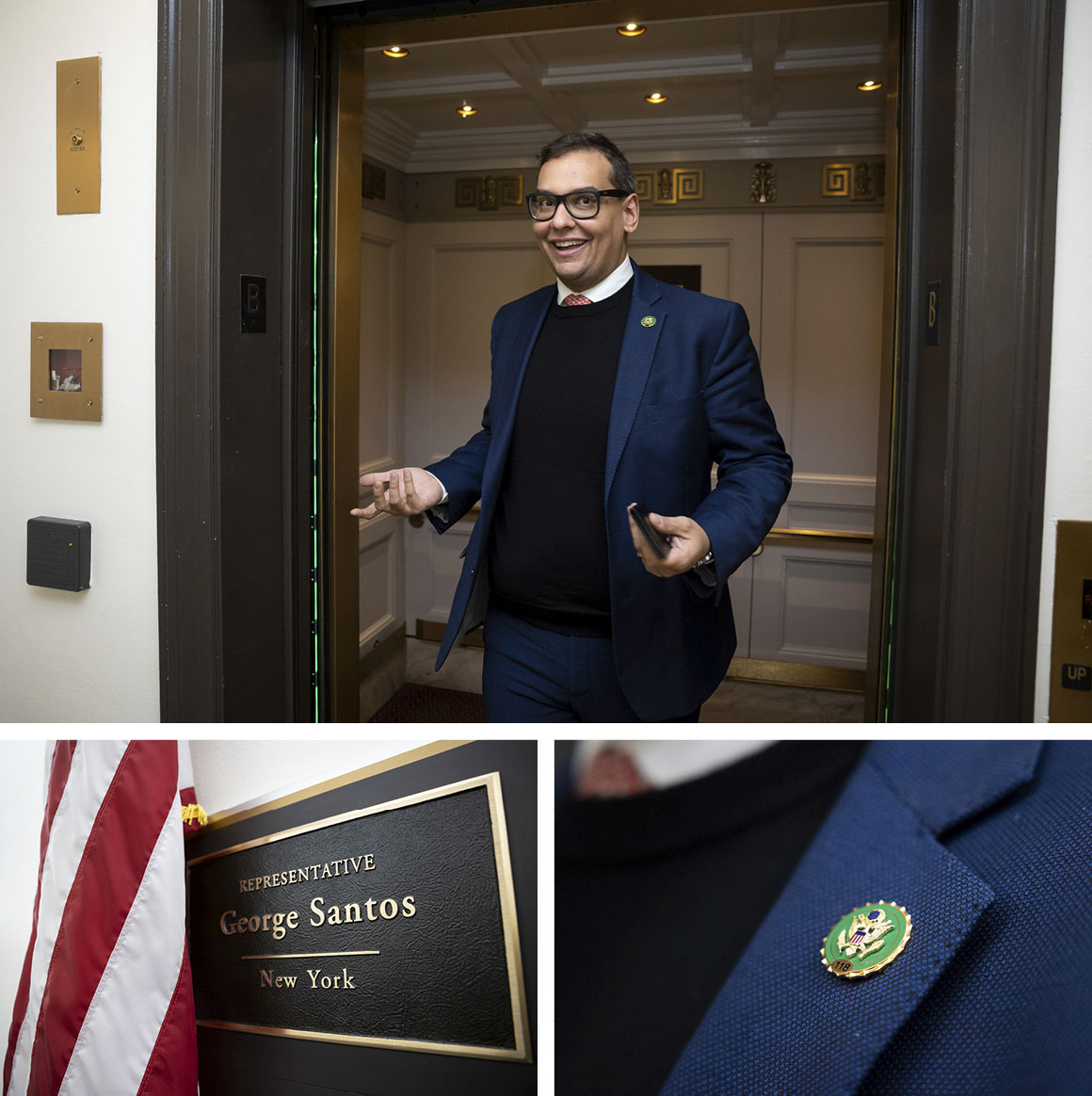
But Santos was just the most attention-grabbing result of a larger recent departure from normality in this part of Long Island. Once viewed nationally as an indicator of suburban moods, its politics instead became defined by local concerns that favored conservatives, like crime and bail legislation. The red wave that Santos rode to national prominence also pushed Republicans to victories across town and county government and in every single one of suburban Long Island’s congressional offices, even while Democrats were overperforming expectations nationally. In a district where Joe Biden’s share beat Donald Trump’s by 8 points in 2020, Santos — an unknown at the time — won with a healthy margin of more than 7 percentage points.
But now, those local issues are receding, and the campaign trail to replace Santos in a February 13 special election is instead marked by national topics, as voters grapple with issues like immigration and Israel’s war in Gaza.
All of these interrelated developments — the expulsion of Santos, the refocusing of attention beyond the borders of the district — put Nassau County in position to once again serve as a suburban crystal ball. And considering the importance of suburbs to Democrats in the 2020 election, Biden and Trump could see their fates foretold in Nassau months before November. If the public polling is right — Democrat Tom Suozzi appears to be single digits ahead of Pilip, the Republican Party’s candidate — the district is headed for a nailbiter.
In other words, back to normal for purplish Nassau County, the once and maybe future prophet of who will win the White House.
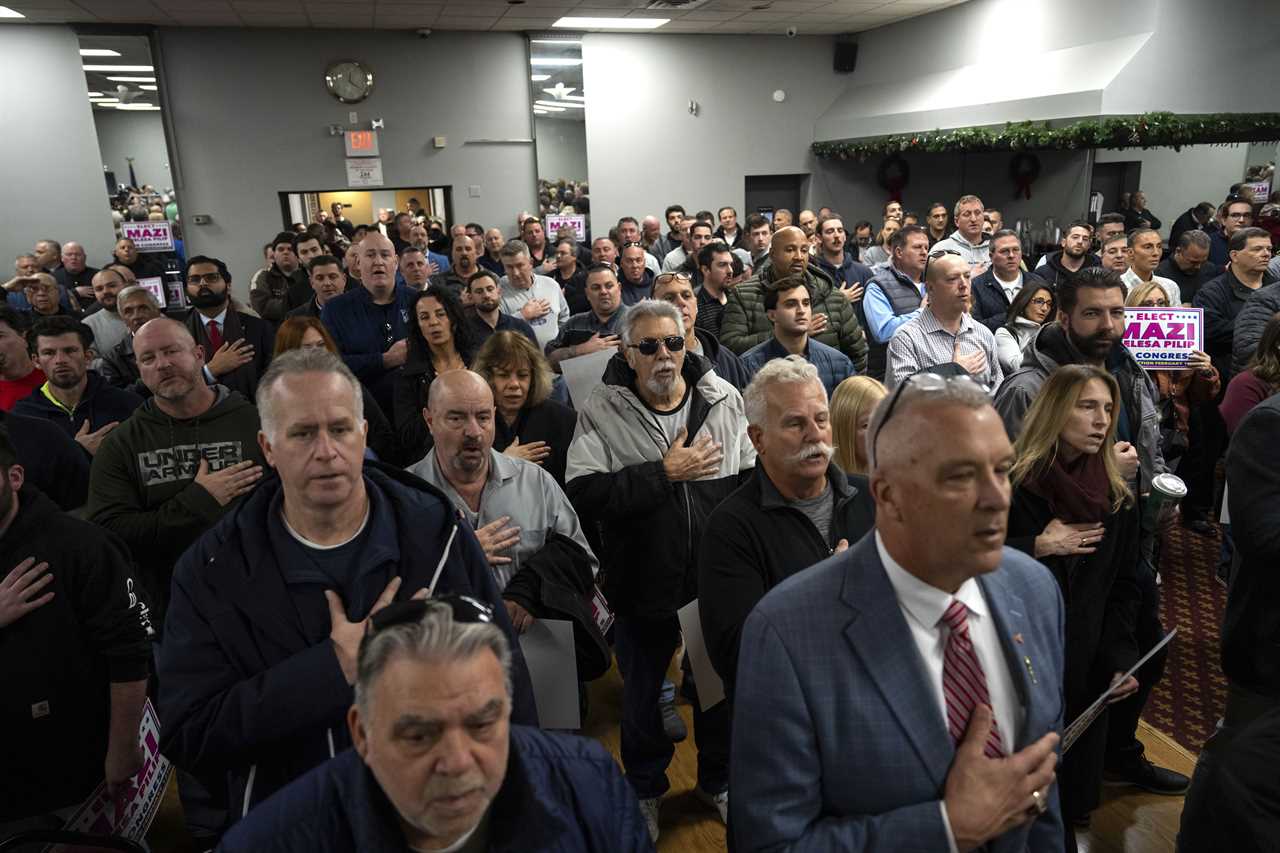
“Nassau, politically, has been a bellwether up until a few years ago,” says Lawrence C. Levy, executive dean of the National Center for Suburban Studies at Hofstra University. The county tacked to and from the victorious party in recent presidential elections, voting with the winner during Biden’s 2020 election and both of Barack Obama’s runs. It went for Hillary Clinton in 2016, following the rest of deep-blue New York, but even then the results were prescient: In a sign of her vulnerabilities, Clinton scored 51.3 percent of the county vote despite a polarizing Trump, less than the 53.3 percent Obama got for his second attempt.
The suburb was once so deeply red that Ronald Reagan claimed that when a Republican goes to heaven, it looks a lot like Nassau. But more recently, the county has followed the blue trend of similar suburbs with high income and education levels, culminating in a Democratic registration advantage — though a tenuous one, since more than 280,000 out of just over one million voters are unaffiliated. That large share of free-rein voters makes Nassau even more representative of broader trends, as the number of Americans identifying as independent continues to rise.
“Nassau County is very representative of what’s going on nationally in our suburbs,” says county Democratic Chair Jay Jacobs, who also leads the New York State Democratic Party. And what’s going on is demographic change, he says: “They’re getting more diverse.” Nationwide, big suburbs have become more diverse than the country at large, according to a 2022 Brookings study of Census data. And though Nassau remains majority-white, it includes burgeoning communities of Asian and Latino residents.
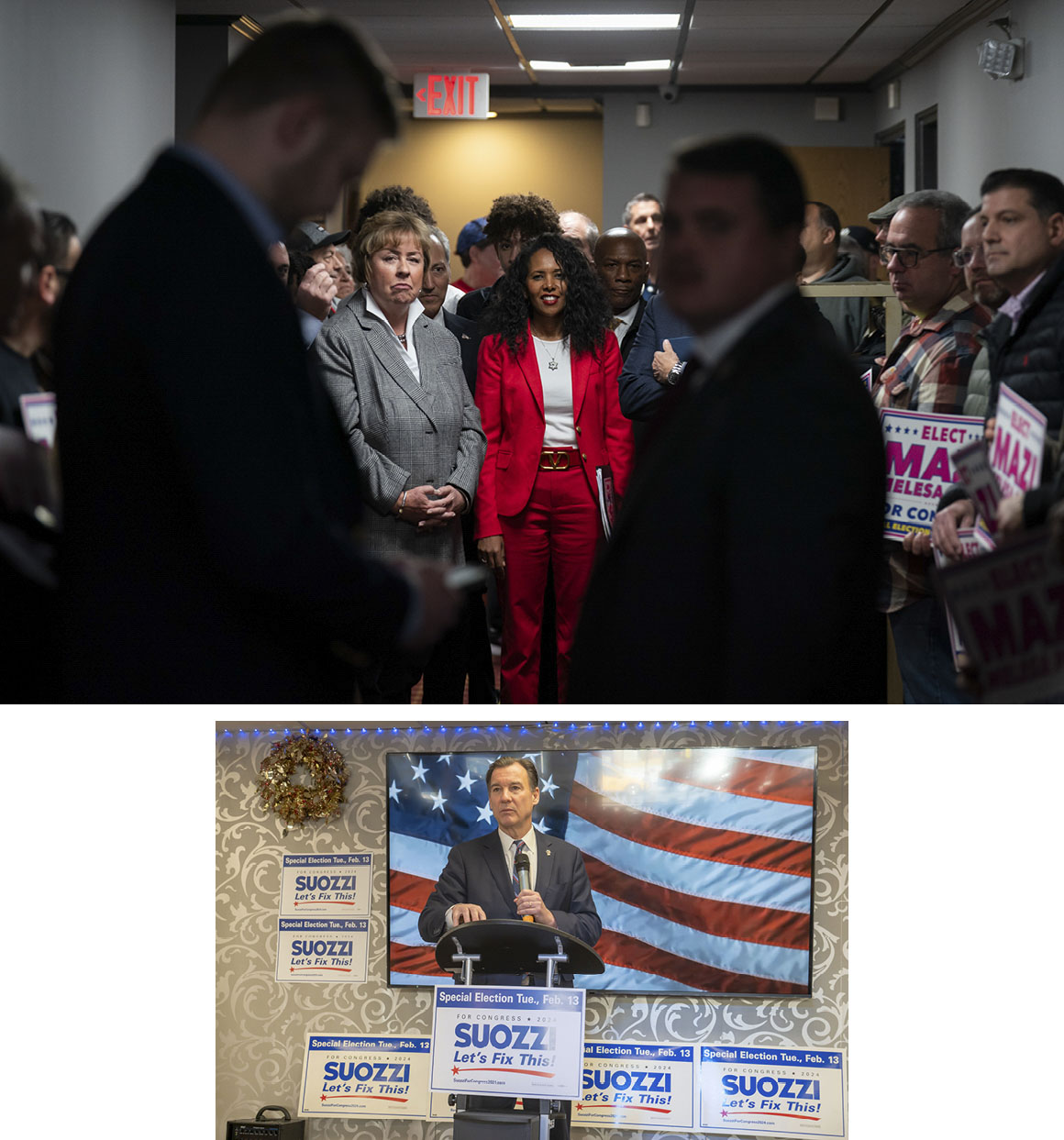
Immigration is both a distant concern in Nassau — that border is over 1,000 miles away — and one that feels close to home. Demographic change has been on the front burner in this election, with campaign ads on both sides featuring talk of the southern border. Pilip, running as a Republican despite being a registered Democrat, is herself an emblem of the diversifying suburbs. She’s an Ethiopian Israeli immigrant who served in the Israeli Defense Forces and married a Ukrainian immigrant. She often brings up the issue of what she calls “non-verified migrants.”
“Our job is to secure our borders,” she said at the Woodbury synagogue meet-and-greet in January, “and I’m wanting to go to Washington to be clear about this.”
Suozzi, the Democratic candidate, has a long history in Long Island politics, as both Nassau County Executive and a former three-term member of the U.S. House from this very seat. (He skipped a reelection bid in 2022 for an ultimately unsuccessful gubernatorial run.) Suozzi often cites his experience in the House when discussing immigration, pointing to multiple trips he took to the border and support for a “grand compromise” combining border security and a path to citizenship.

In decades past, Suozzi supported centers to aid immigrant day laborers in Glen Cove. But the topic has become fraught as the area has changed. Over 170,000 migrants have arrived in New York City since spring 2022, with Texas Gov. Greg Abbott busing many newcomers north to make a political point. One of the relief centers opened by the city to house asylum seekers is located in this district, outside Creedmoor Psychiatric Center in Queens. Pilip chose the site for a brief, if pointed, news conference during the campaign, introducing herself as a “legal immigrant.”
Immigration was the leading issue in a January Emerson College Polling/PIX11 survey of the 3rd District. That tracks what opinion surveys find nationally, as immigration dominates the discourse and Trump signals a 2024 campaign in which the border is a prime topic. This aligning of local and national subjects is a shift from the off-kilter Santos era. Republican Anthony D’Esposito, who represents the neighboring congressional district that shares part of Nassau County, says the border and the perennial question of cost of living “are now almost neck and neck.”
Even divisive issues like abortion and crime are taking a back seat to immigration. The fall of Roe was one of the biggest national issues during the 2022 midterms, but it was less pressing in New York, where state law protects access. And while crime continues to be a broad concern in many places around the country, it was an even more specific talking point on Long Island, which is home to more NYPD officers than any other jurisdiction outside the city. It also lost steam after Democrats made compromises on the local bail legislation that rocked the 2022 New York elections. The order of events in a recent Pilip stump speech betrayed how those issues have slipped locally, replaced by more national concerns: She mentioned the border first (one ally called it a “foreign invasion” before introducing her to the crowd) and supporting law enforcement second.
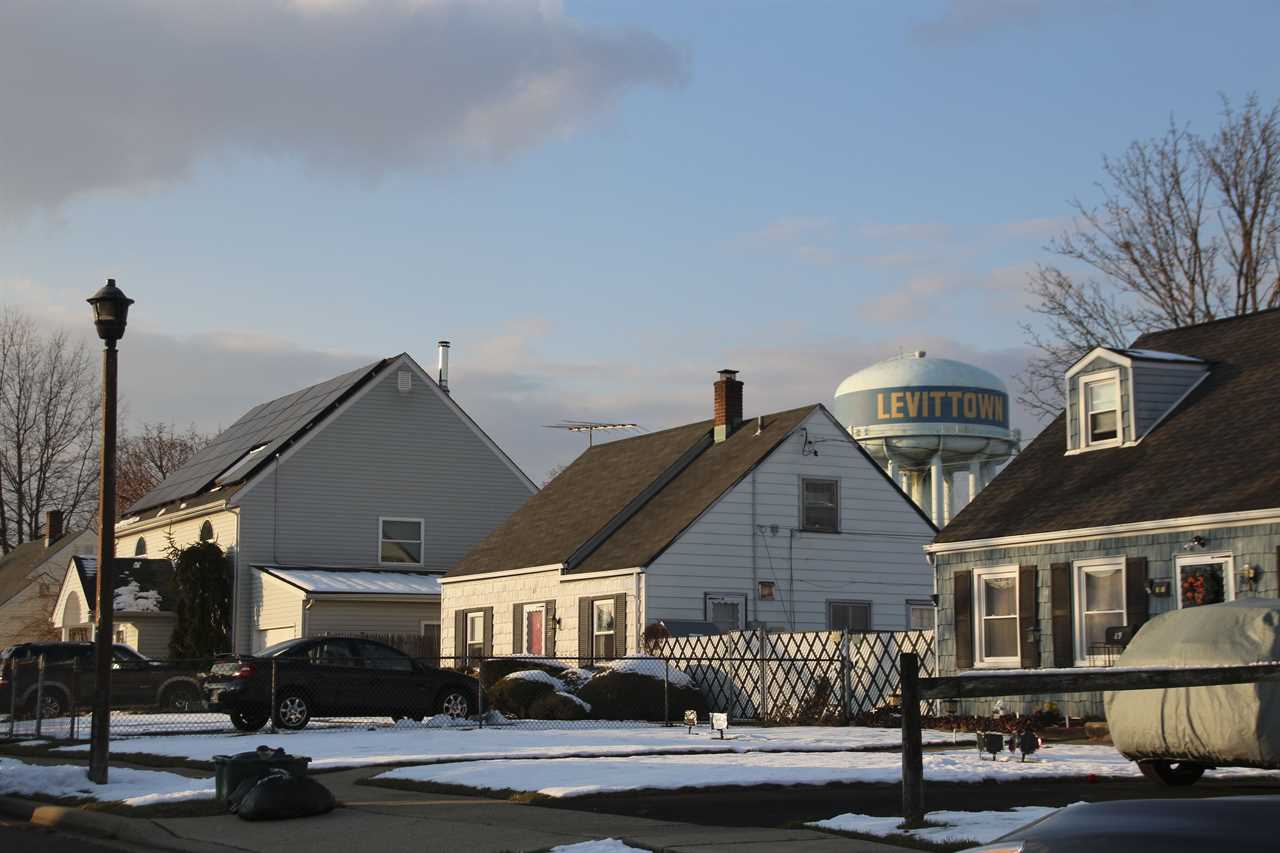
Special elections like this one are of course no guarantee of future results, but they “do tend to forecast a national mood in fairly competitive districts,” says Democrat Steve Israel, who once represented the district and served as the chair of the Democratic Congressional Campaign Committee. These contests can pick up on subtle shifts: Israel notes that Kathy Hochul, now New York governor, won a Congressional seat in a 2011 special election, reflecting that Democrats had “a wind behind their backs” going into Obama’s reelection campaign in 2012.
They can also be a test for how to funnel that wind in broader elections. The Nassau Republican machine is practiced at this type of calculated sailing. It’s a unique element of this particular race, a storied political operation that dates back to when the suburbs were still a new phenomenon.
GOP foot soldiers would insert themselves into the lives of new Nassau residents the second they set foot in their cookie-cutter houses, as Marjorie Freeman Harrison describes it in a 2005 Columbia University dissertation on Nassau politics. The Republican operatives “were tipped off by letter carriers when a new family arrived, and the party, in the person of a friendly neighbor, arrived at the doorstep to assist with the details like making sure garbage was picked up and broken sidewalks fixed.” The party apparatus was where you went to get a job, even to lifeguard, and though scandal after scandal weakened the patronage system, it didn’t break it. These days, the county GOP has been on a winning streak that has snared Nassau cities, towns and county government itself, harkening back to the days when practically everyone in Nassau political life was from the party of Lincoln.
The GOP’s disciplined operation includes an army of veteran doorknockers and surrogates who can spread Pilip’s message and juice turnout in a very off-cycle special election. The party did that successfully when the message was hyperlocal, and they can do it again when the issues are national — especially when there’s a good chance the issues cut their way.
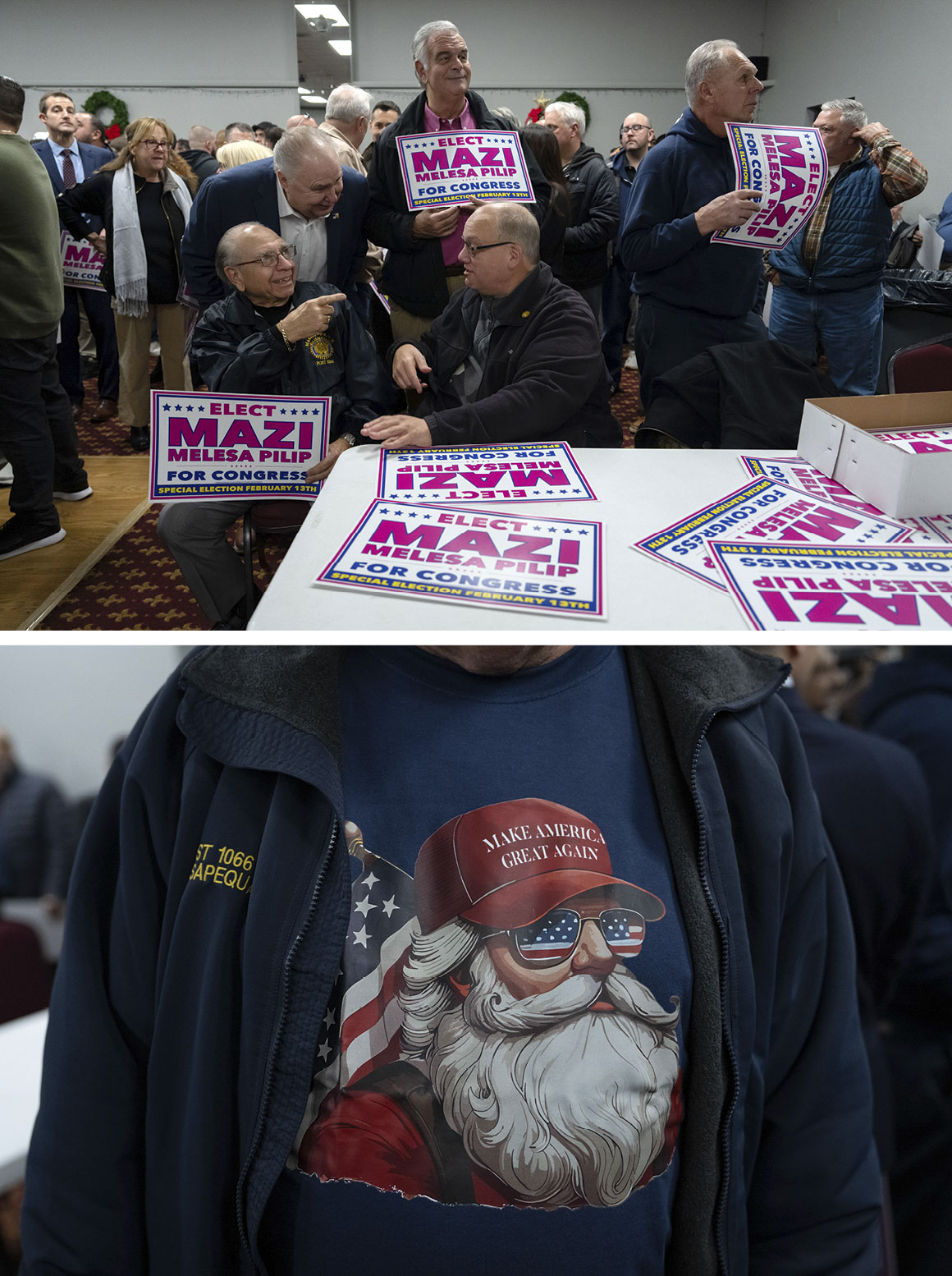
“I’ve been in this business 53 years,” says Nassau GOP chair Joe Cairo. “And three times in 53 years, I’ve experienced a real passion at events.” The first two were personal honors for Cairo. The last, he said, was in October, at an overflowing temple in Great Neck, where the reaction to the Oct. 7 Hamas attack went “beyond” politics. Pilip’s service in the IDF lends her credibility on the Israel defense issue, even as Suozzi repeatedly professes his support for the longstanding American ally. “I think the election will be affected by that,” Cairo said. It’s a possibility in a district that’s home to one of the largest Jewish communities in the nation, and a higher-than-the-norm foreign-born population, according to Brandeis and Newsday analyses.
Pilip is less known politically than her opponent. She is in the middle of her second term in the county legislature, in a district that includes only a portion of the congressional seat. Her background, which has been heavily scrutinized after the biographical shenanigans of you-know-who, includes some financial complications that have resulted in revised disclosure filings. (Her campaign has described her disclosures as appropriate and even excessively cautious.
Pilip’s path to victory over the well-known Suozzi likely relies on the GOP’s ability to harness the big national issues currently animating the district, a potential measure of just how resonant those issues are.
Suozzi has tons of name recognition and a political pedigree, as the son, nephew and cousin of former mayors of Glen Cove, one of the cities in the district. (He, too, was the mayor from 1994 to 2002.) A moderate who preaches compromise and touts his time as a vice chair of the bipartisan Problem Solvers Caucus, Suozzi has nonetheless been dogged by GOP attempts to paint him as close to Biden and left-leaning Democrats, despite being fresh off a gubernatorial primary run where he campaigned to the incumbent’s right. His career has included plenty of political soundbytes from either side of the exact middle, but few radical lefties would approvingly cite a “social justice”-skeptical podcast conversation featuring culture warrior and “critical race theory” hater Chris Rufo, as Suozzi did at a recent community event.
A Suozzi win, then, might signal that voters prefer the tested mainstream quantity, tired of Republican craziness, be it Santos or Trump. Again: a return to normal.
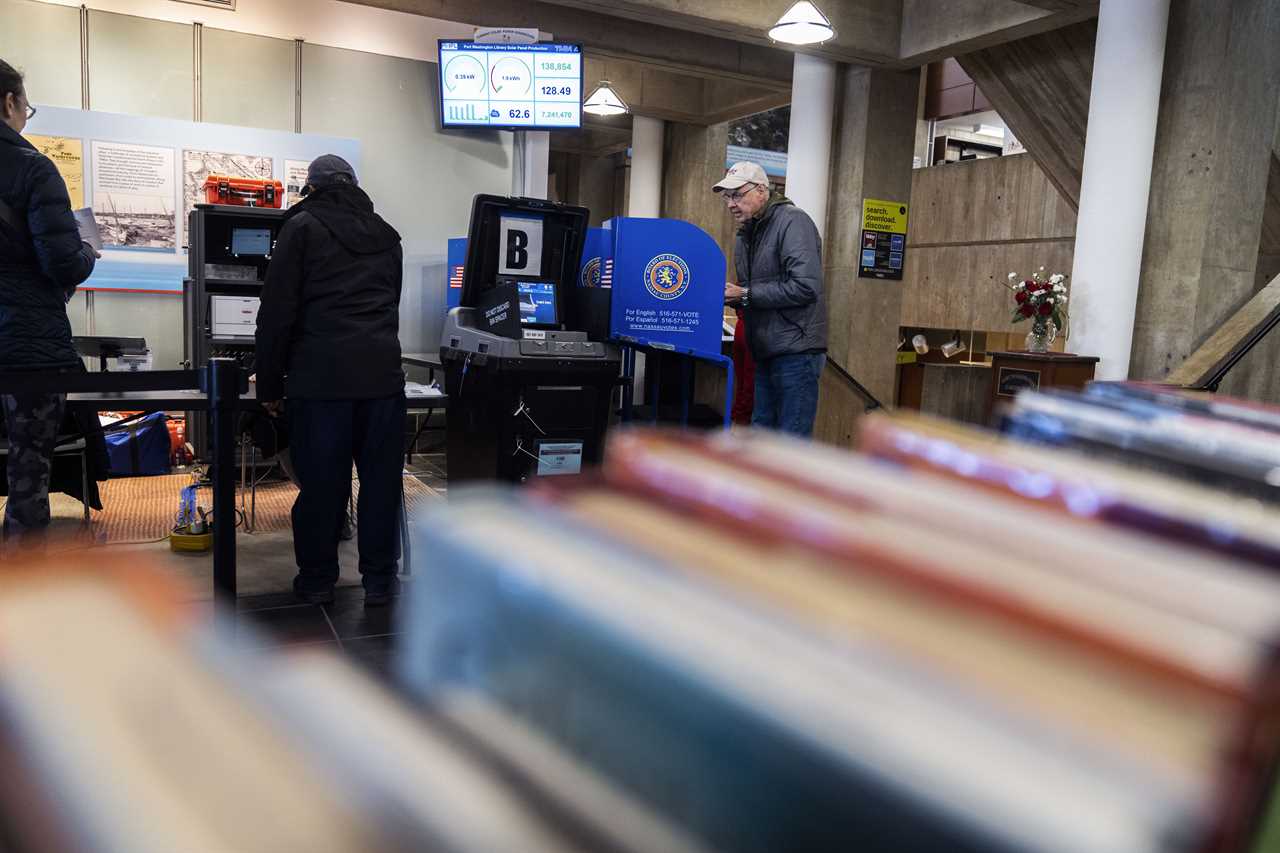
To be sure, there have been plenty of odd mini-dramas in this race, like Suozzi racing to the site of a Pilip presser to give a quick response, or Pilip being physically absent from a big rally in her honor one Saturday — she’s Orthodox and can’t travel by car during the Sabbath. But that’s just the usual hustling, high-octane world of Long Island politics, where candidates have to scramble in tossup races.
Certainly the old rules of swing suburban politics seemed to be on display at that Woodbury synagogue as Pilip worked her way to the door. The NBA-adjacent oral surgeon, Andy Zeidman, claimed to be no hardliner — he had long considered himself a liberal, and voted for Obama before becoming a Trump supporter. But on Israel and other social issues, “the goal posts for me have changed.”
His pickleball acquaintance, who gave his name as Dan, said he was actually leaning toward Pilip, despite his concern about the GOP response to Jan. 6. He refused to vote for Trump, as opposed to Zeidman, who had organized the synagogue event and invited Dan to attend.
Would the two play pickleball again, despite their political dispute? Sure. In this divided district, the two parties have to coexist.
“He’s an excellent pickleball player,” Dan said. “He always kicks my ass.”
----------------------------------------
By: Mark Chiusano
Title: The Race to Replace George Santos Could Predict 2024
Sourced From: www.politico.com/news/magazine/2024/02/08/george-santos-race-2024-election-00140127
Published Date: Thu, 08 Feb 2024 05:00:00 EST






